Administrative Tools – Most of the administrative tools are accessible from the System Settings Center. On previous versions of KDE, the administrative tools were distributed across two tabs, the General and the Advanced. In KDE 4.5.1, however, the Advanced has been eliminated, so all the tools are visible from one screen.
The KDE System Settings Center.

System Settings Manager
KDE 4.5 features a system-wide and a per-user graphical account managers. The per-user account manager, shown below, allows a user to change his/her password, logon account image, and a few other user-specific details.
Per-User Account Manager

Per-user Account Manager
The System-wide graphical account manager, restricted to use by the root account, allows the root user to create new user accounts, manage account and password expirations, password-locking, and configure other system-wide account details.

System-wide Account Manager
Media and Hardware Handling – KsCD and Clementine are the audio players installed, with KsCD as the default. KsCD is purely a music CD player. When you insert an audio CD, it is the only option presented by the system to play the CD, and that I think is because the system will only recognize native KDE applications for handling media events. Clementine has about the same set of feature as Amarok and Rhythmbox, two full-featured audio players that are available in the repository.
When a DVD video is inserted, the three options the system offers are Rip Video DVD Titles with K3B, Copy with K3B, and Open With File Manager. Nothing to play a DVD video with, though VLC is installed. Want to play a DVD video on Sabayon 5.4 KDE? You will have to launch VLC from the menu (Applications > Multimedia > VLC media player, or Favorites > VLC media player). With libdvdcss installed, VLC will play encrypted DVD videos out of the box.
Note: VLC and other applications that are not native KDE application will not be offered as device options in the Device Notifier actions.
The only test printer I have, an HP Deskjet F4280 All-in-One, could not be configured to work with Sabayon 5.4. It is not in the printer database.
Security Profile – On the physical security front, Sabayon has all the tools it would take to achieve a 5-star (physical) security rating: Full disk encryption and password-enabling the bootloader console are supported by the installer, and the graphical user management program supports account expiration and account and password-locking.
On the network security side, the firewall, as it has always been with Sabayon, is disabled out of the box. For the first time, as far as I can remember, there is a graphical firewall configuration program installed, and it is the only graphical firewall program in the repository. The problem is that Firewall Builder, the graphical firewall program, is not the most non-geek user-friendly tool available on Linux. I am surprised that simpler graphical firewall configuration tools are not even in the repository.
Firewall Builder

Firewall Builder

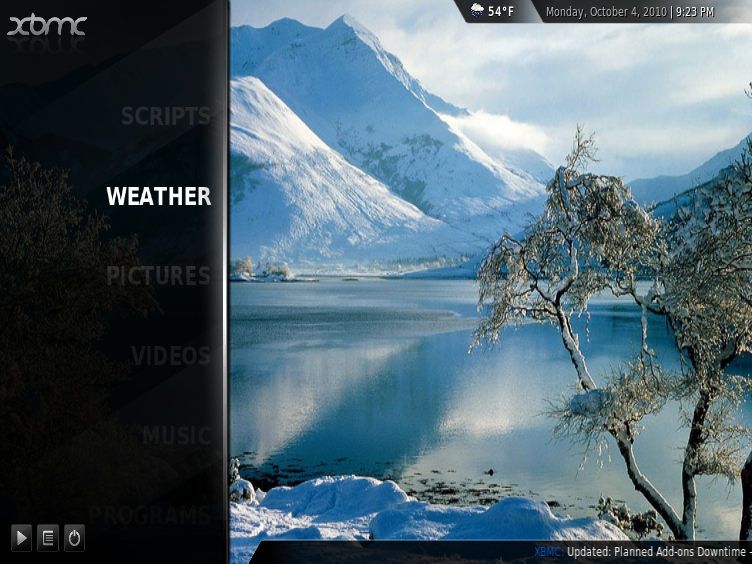
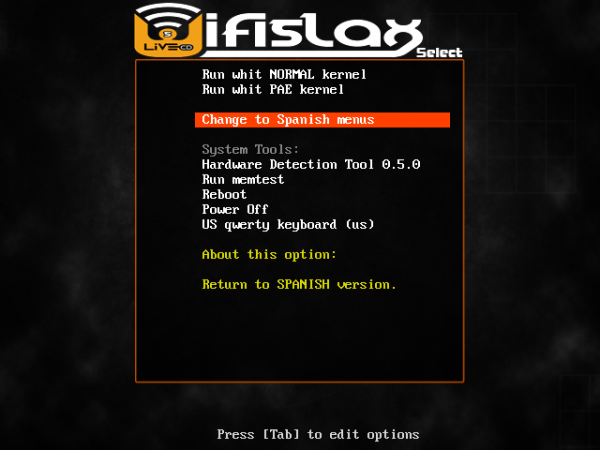
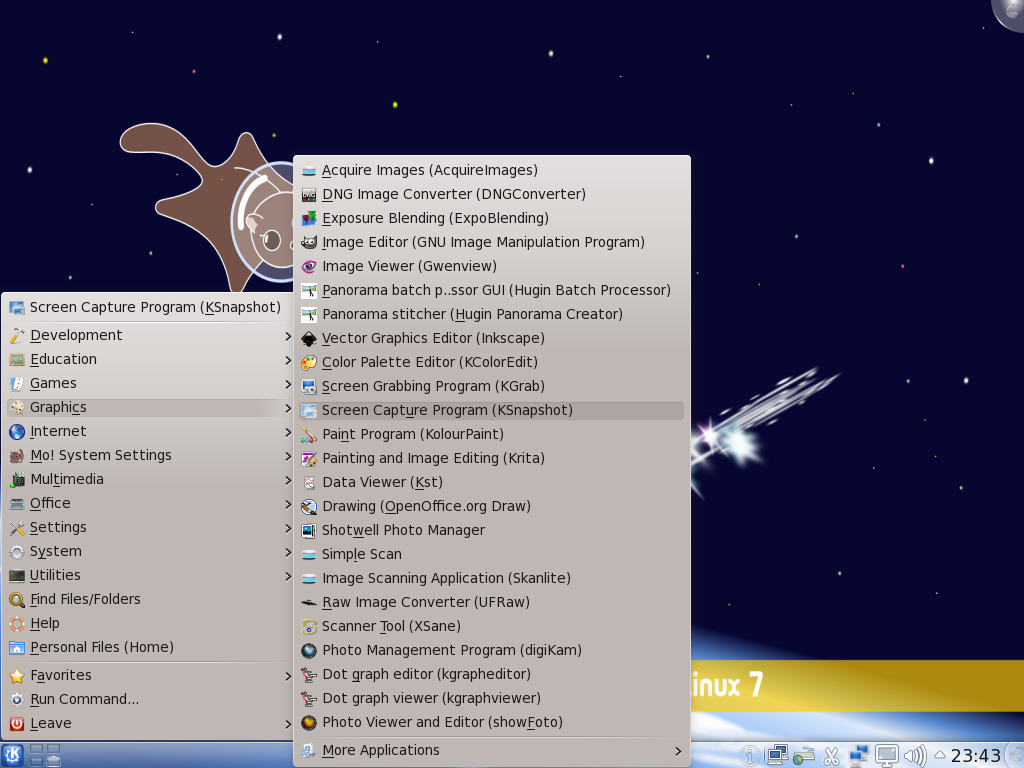
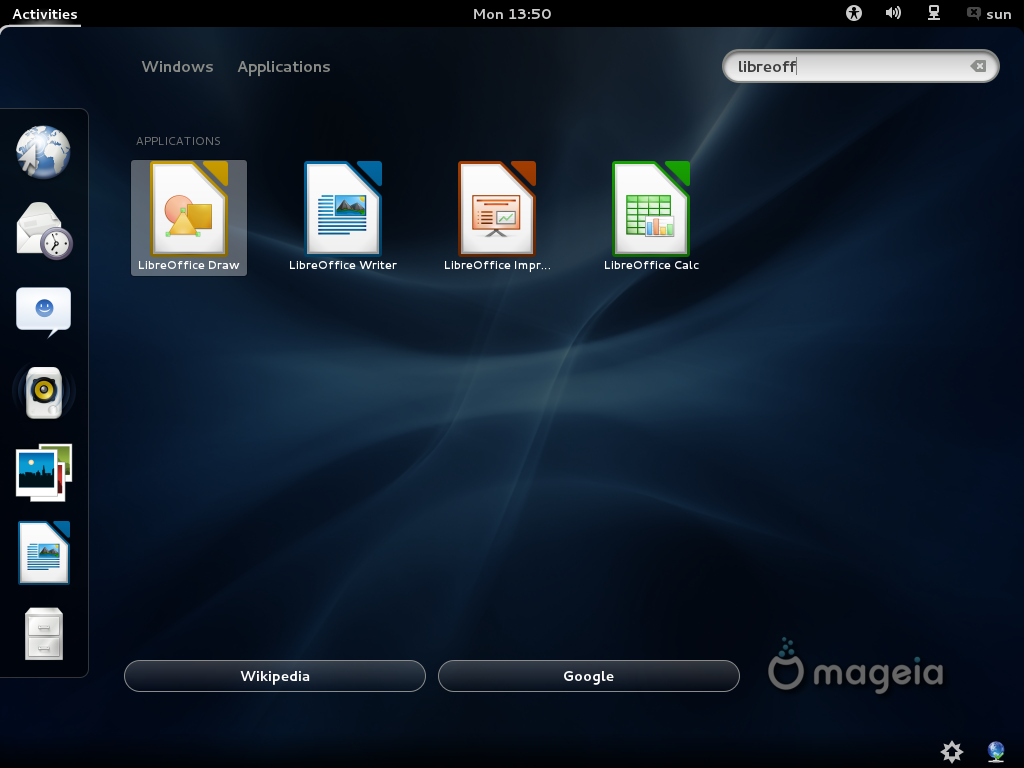
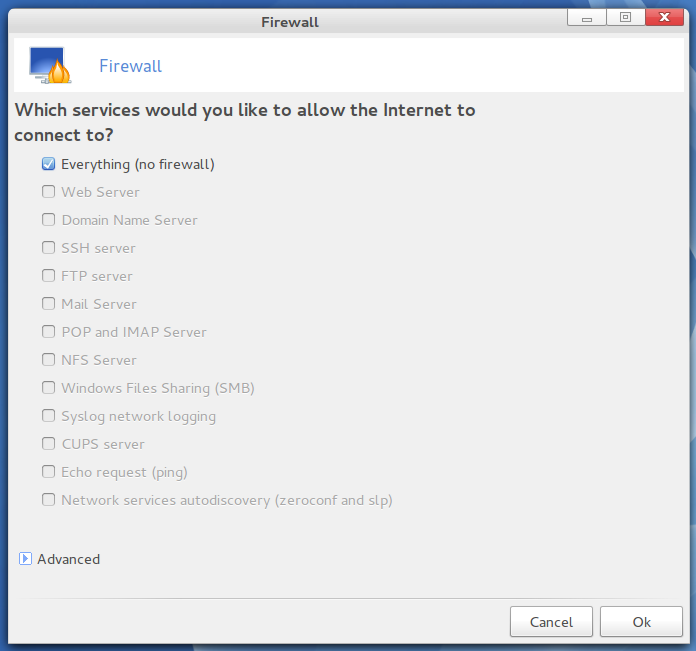


Finid,
Concerning printing, I know that you expect them to be configured by the operating system during install or when plugged in, however, I got my HP printer to work by first installing the “hplip” package, as outlined on the wiki. Sabayon 5.5 seems to be working fine here.
But that’s the problem, as I see it. Why do you first have to install a package in order to configure a printer. Do you expect a new user to find and read a wiki entry just to configure a printer? There was a time when an activity like that was fun, but today, people want certain aspects to just work. If the package is in the repo, and we know that users will always need to configure a printer, why not save your users valuable time.
I agree, keep up the good work, thanks.
Sabayon makes bleeding edge source based Gentoo possible to install and use very quickly.
It is a brilliant project and while trying to put a user friendly face onto Gentoo is a challenge it may help open some users eyes to the possibilities of FOSS and perhaps get some clever new converts to the Source.
I recommend the reviewer grabs a Gentoo stage tar and customizes Gentoo to be a little like Sabayon, then perhaps enlightenment may occur…
We do appreciate you taking the time to review Sabayon Linux. In your final thoughts sections you questioned twice why we would have so many releases per year. Please realise that sabayon staff may be few in number, but we’re very accessible to ask these questions to.
Despite our small numbers, we do our best to cater to our users desires. One common complaint we see is from people who download the latest version, then get upset when they have updates that are near to, or in excess of the size of the ISO they just downloaded. Many get upset with 300 updates, let alone near 1000. When the updates from the original ISO start to get close to or exceed 2 gigs, it’s helpful to put together another image. Yes, Sabayon is rolling release, but many new users don’t grasp that concept fully and may forget to upgrade for a few months. While it’s possible to upgrade from 5.0 to 5.4, many new users lack the patience and knowledge to navigate through that. For most distros a frequent release cycle is more of a courtesy to less experienced users than it is for publicity.
A good update notification tool should solve that little problem. If you have an update notifier that can be configured to check for updates per any time period rather than only when the computer reboots, then you just solved that problem.
I brought up this point in my review of Sabayon 5.3 and 5.4, and it was discussed in the Sabayon dev mailing list. Is it going to be addressed before 5.5 is released?
“offer nothing more than a few applications and kernel updates.”
At some point the package diff between version 5.3 and current tree state are so big (e.g. 1000 package updates) It makes sense to push out a new version. It doesn’t make users happy to install 5.3 and need todo 1000 package updates to be current. 5.0,5.1,5.2,5.3 users that kept their system up2date never had to (re)install. It is what is called a rolling release.
darn right. I started at 5 oh and upgraded very smoothly to the current version
Only reason for very frequently releases I see in order to obtain more popularity,on Distrowatch etc.
Maybe so. But there are positive reasons for it too. If I am a fresh installer, I do not need too much updating to get an uptodate system. Therefore having frequent releases is a wise choice specially since I find Sulfur a touch slower than Synaptic.